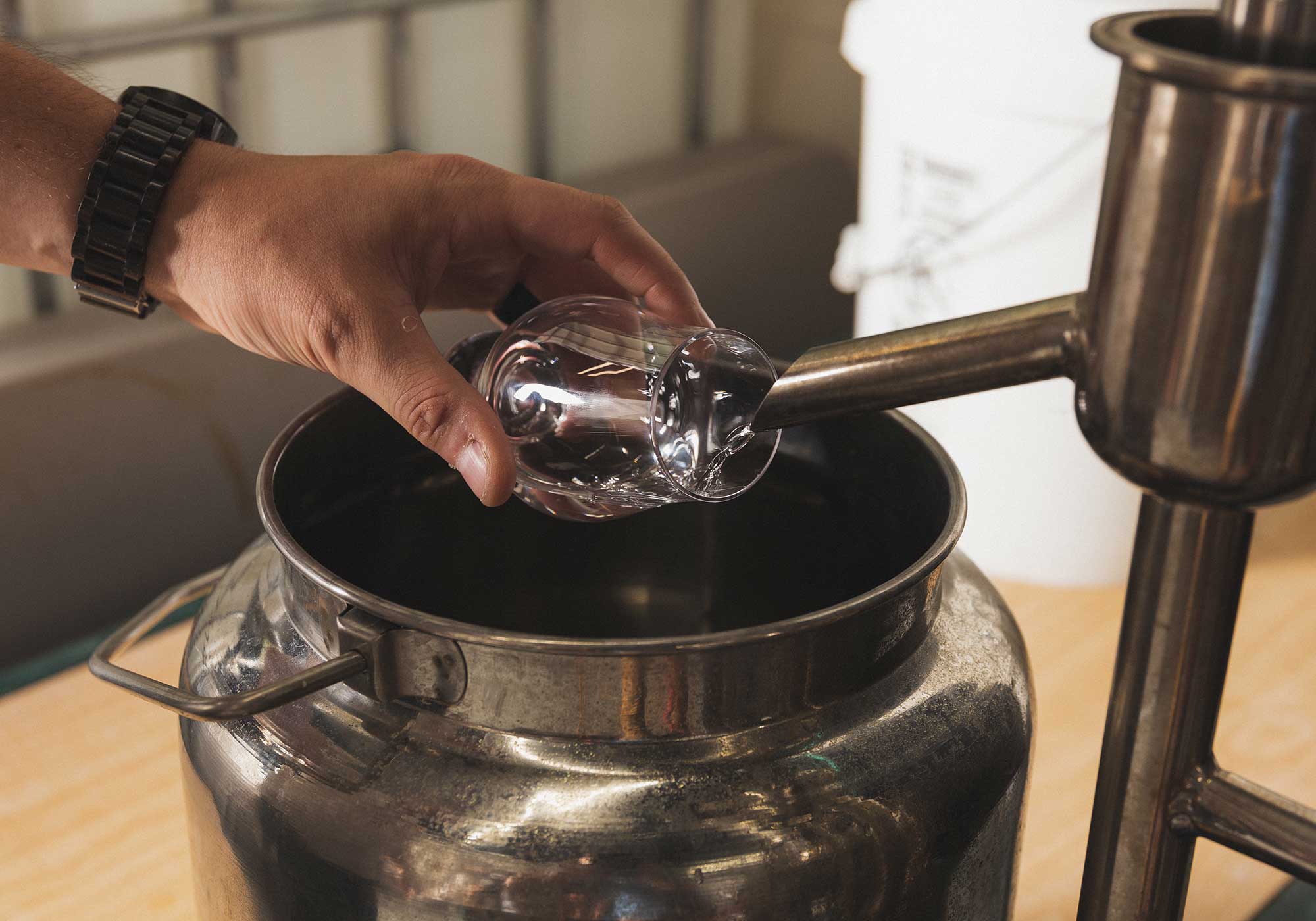
A Royal Pour: How Distillers are Recycling Heads and Tails into a Premium Product
American craft distillers have adapted an Old World practice for their varied production environments.
9 articles in this category

American craft distillers have adapted an Old World practice for their varied production environments.
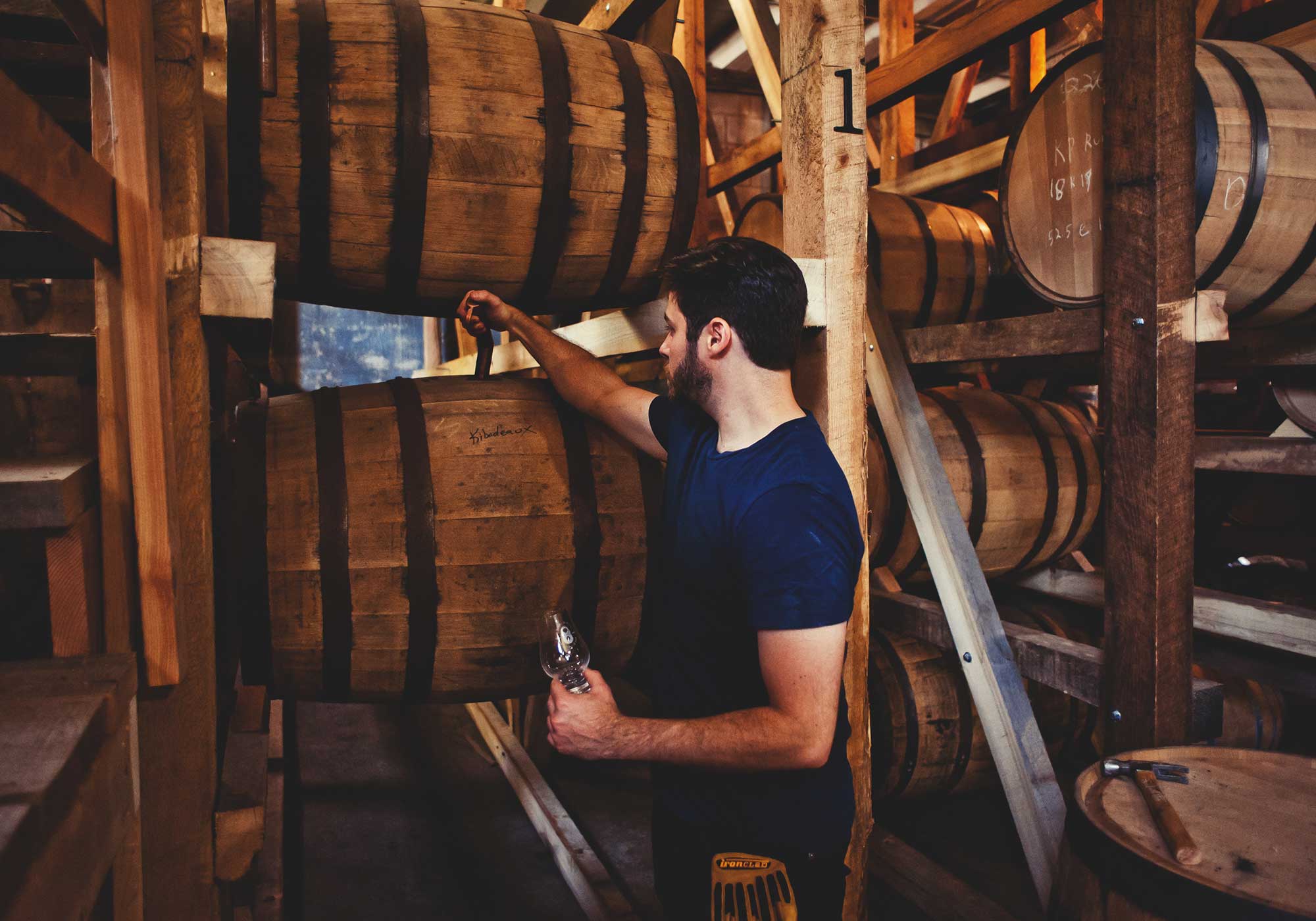
In Chicago’s south suburbs, a stone’s throw from one of the world’s largest quarries, Ari Klafter is building a brand focused on single-malt whiskey—and he’s done just about everything else along the way, including rum, gin, vodka, and a line of Kosher for Passover spirits. As told to Ryan Pachmayer.

Aging barrels on rivers and waterways offers distillers a unique profile—and an intriguing story—for their spirits. However, there are some legal and technical challenges to overcome.
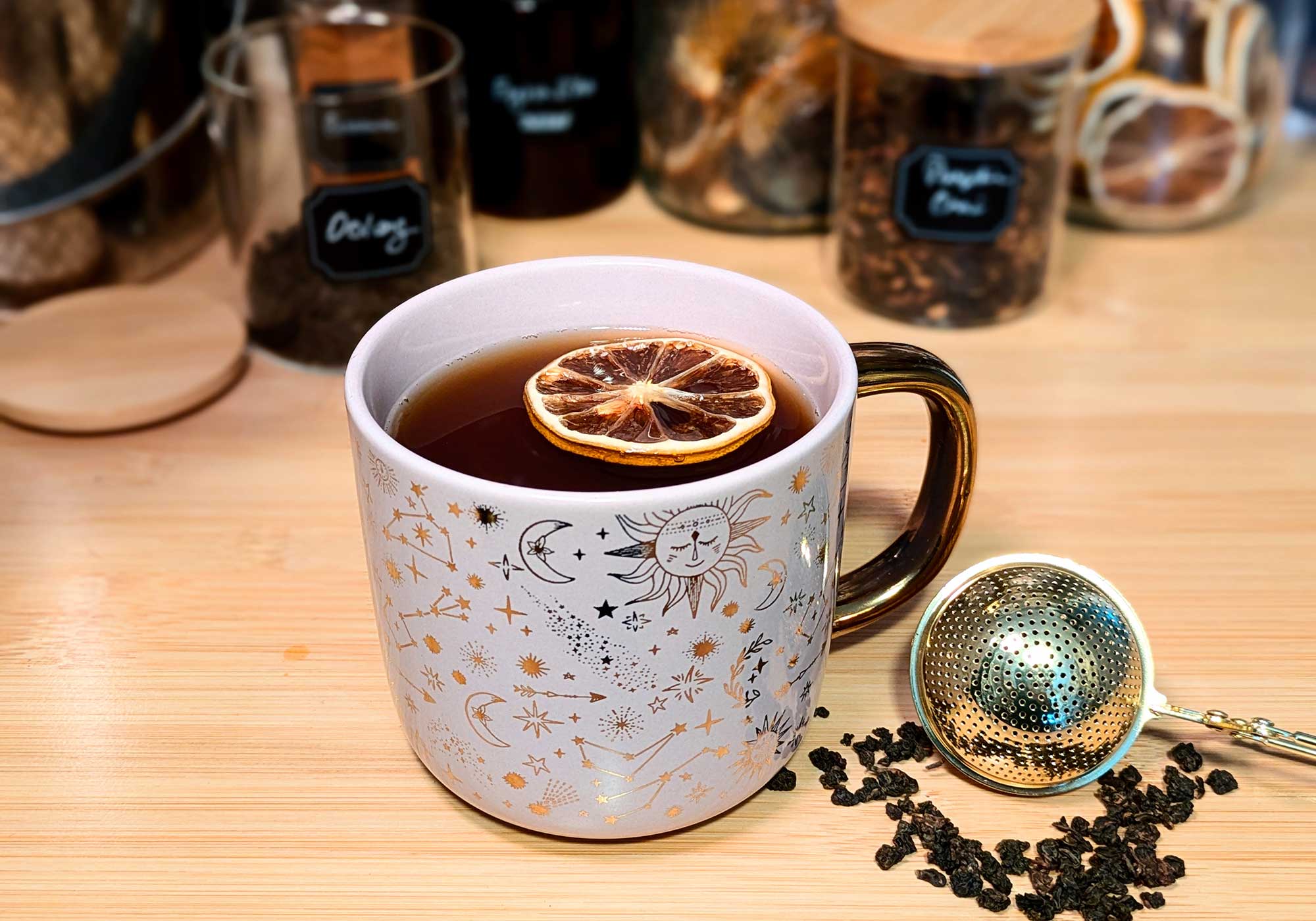
This classic cocktail is perfect for warding off the winter woes, or for just warming up.
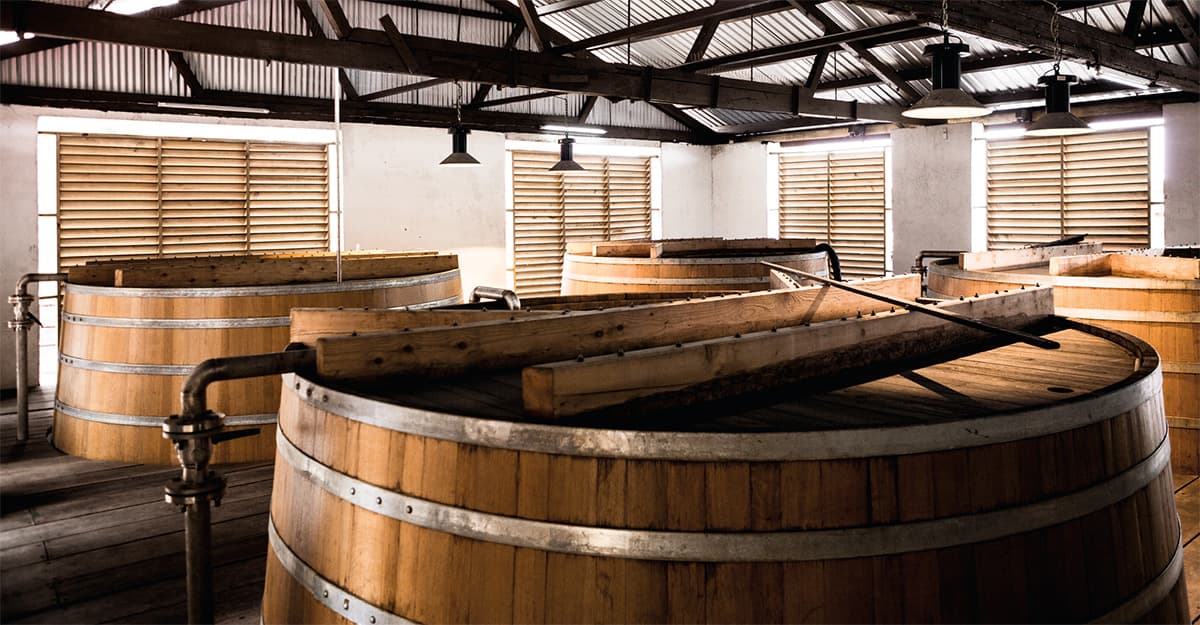
Caribbean distillers produce rums in a range of styles, but those from Barbados and Jamaica are often the most misunderstood. Local yeast and fermentation methods play key roles in their distinctive character.
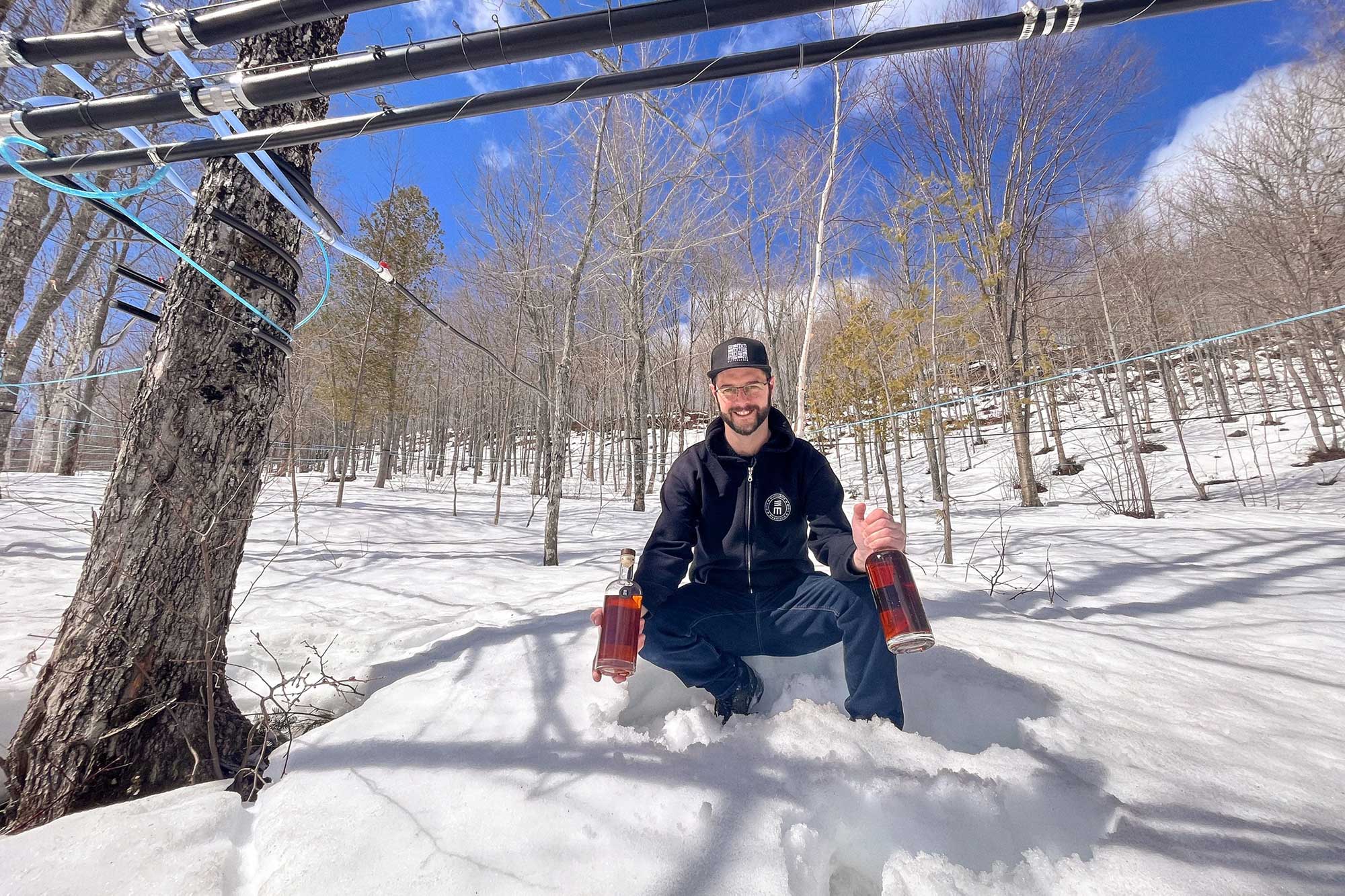
Spirits made from tree sap or syrup—usually maple, though other possibilities exist—are a widely overlooked opportunity for craft distillers to harness local flavor.
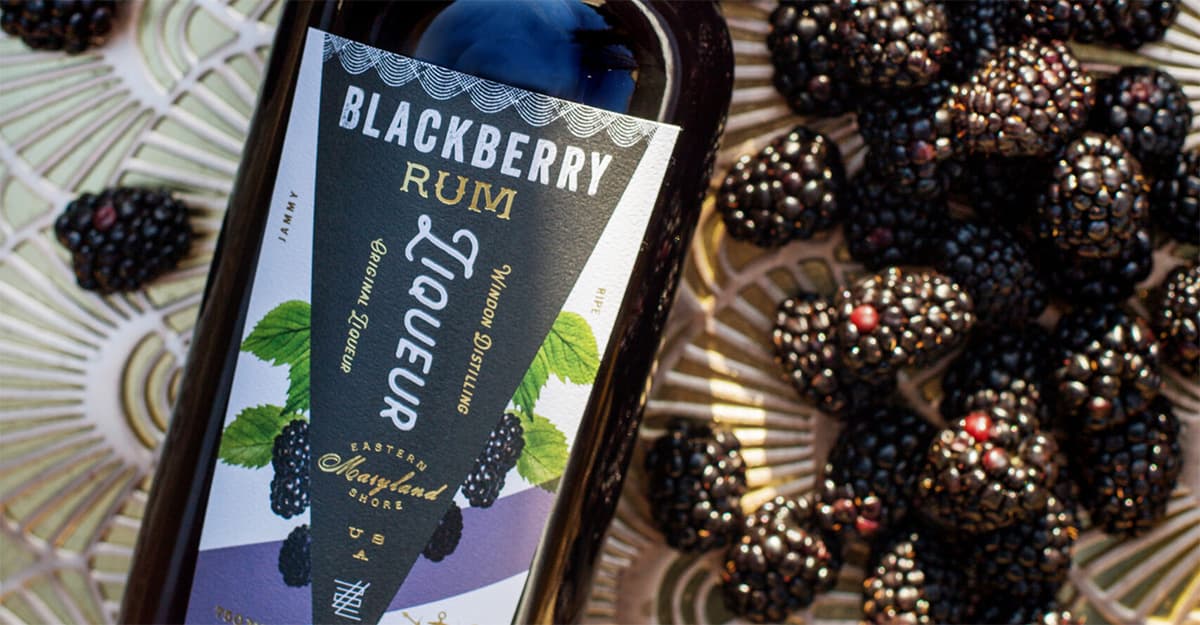
Never mind the haters. Rum infusions represent an opportunity to win fans by adding flavor and complexity to an often-overlooked category.
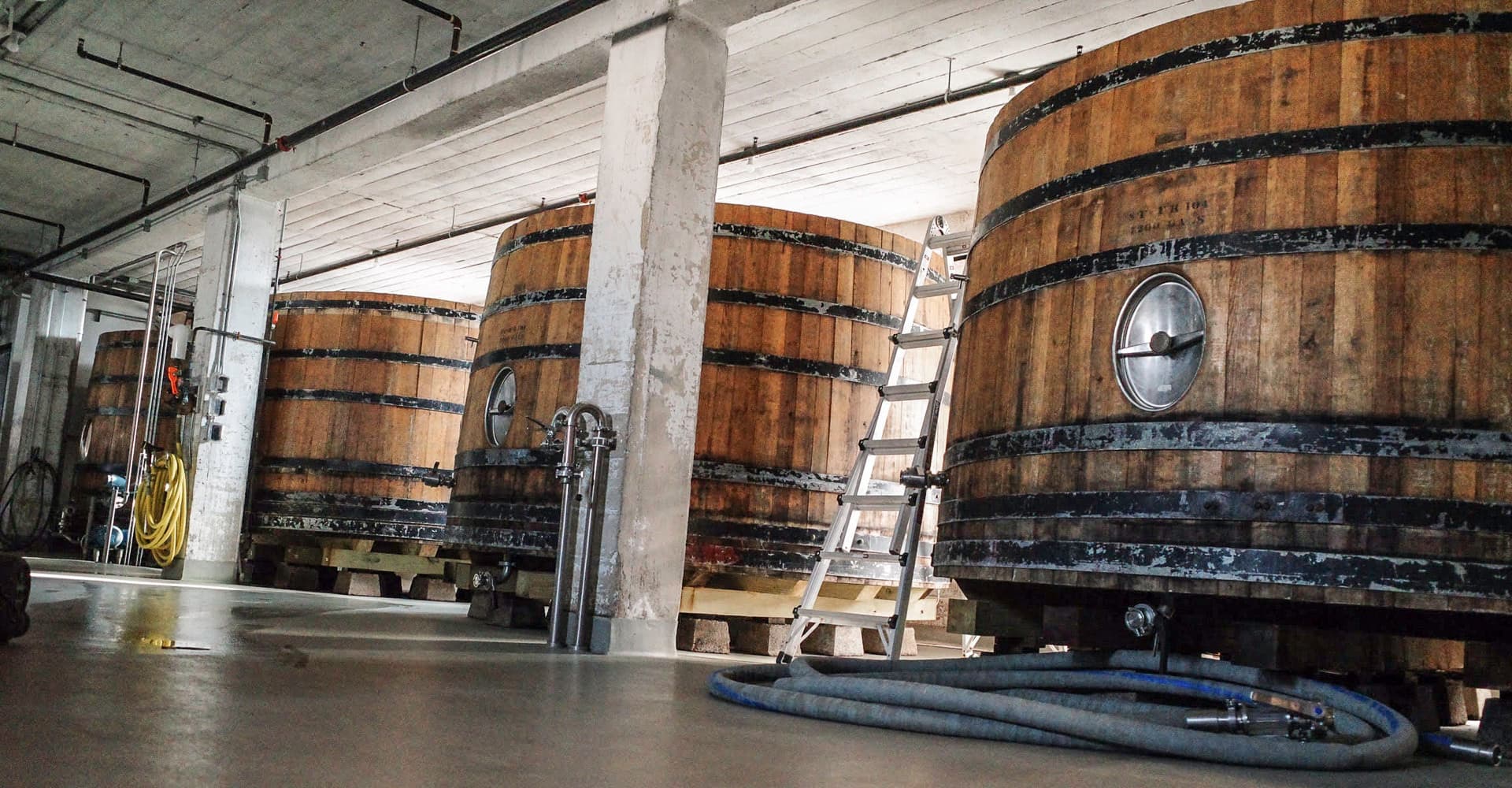
Led by a brewmaster with a family legacy, a hunger for knowledge, and a passion for mixed-culture fermentation, Minnesota’s Black Frost Distilling is producing fragrant, old-fashioned rums using half-wild yeast and open-topped wooden fermentors.
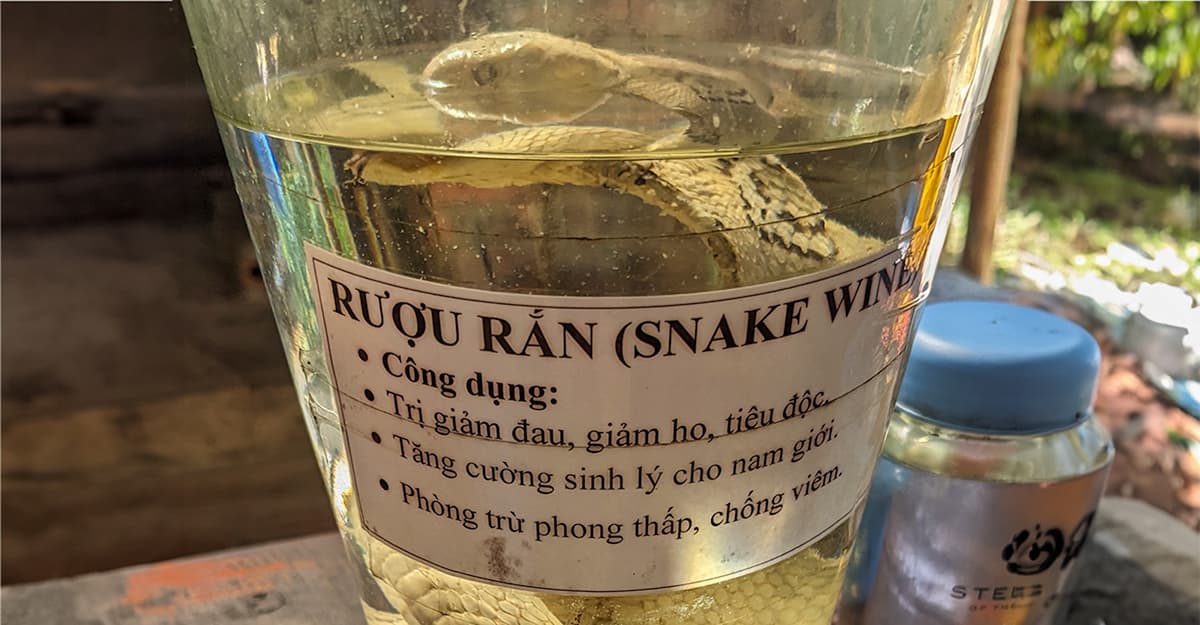
There is immediate marketing appeal in having something—a worm, a bug, a piece of fruit, a sliver of wood—floating in a bottle of spirits. There’s also some history and tradition behind the practice … but there are risks.